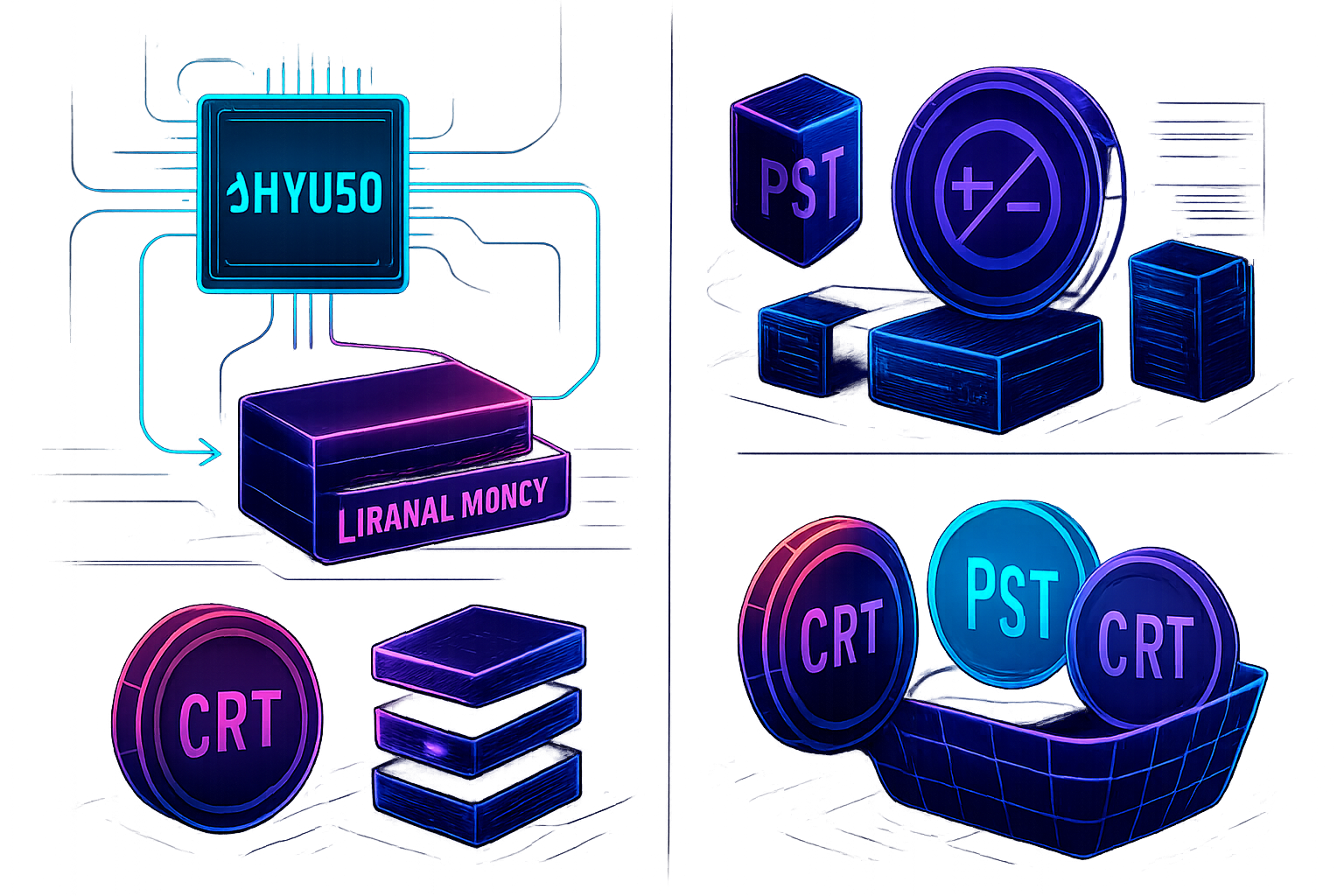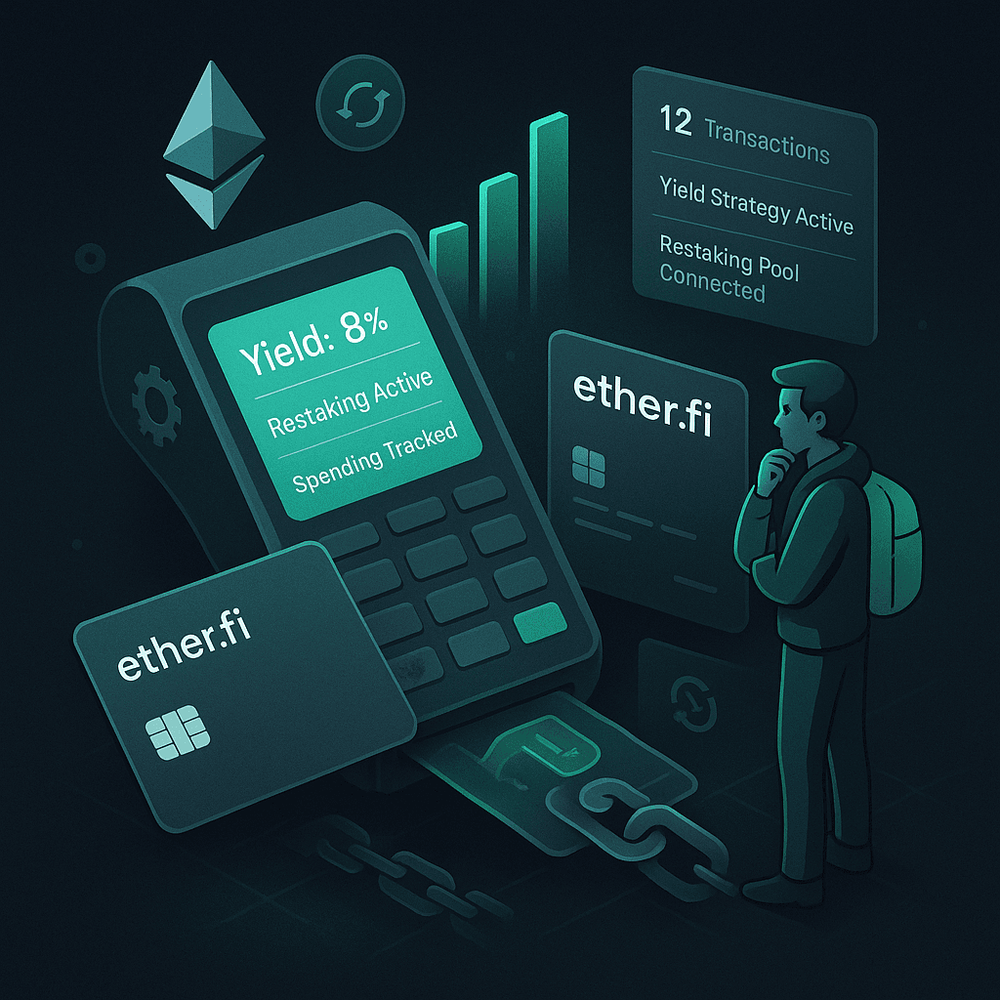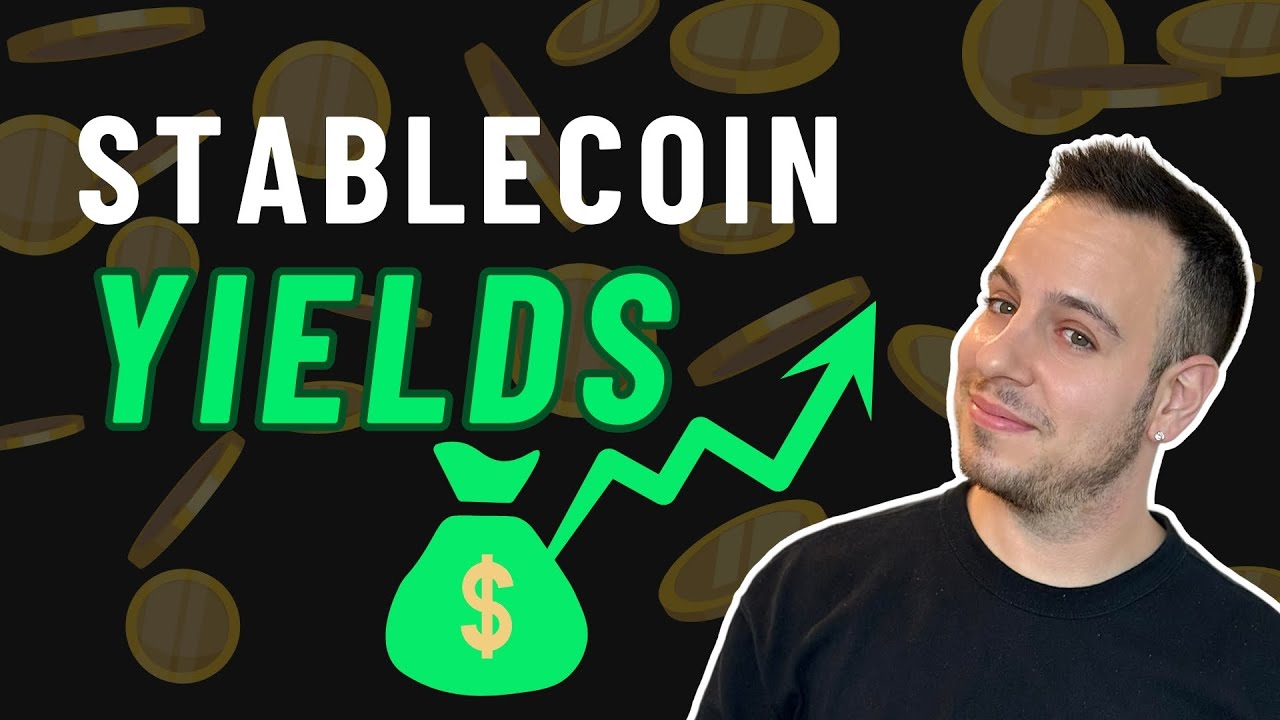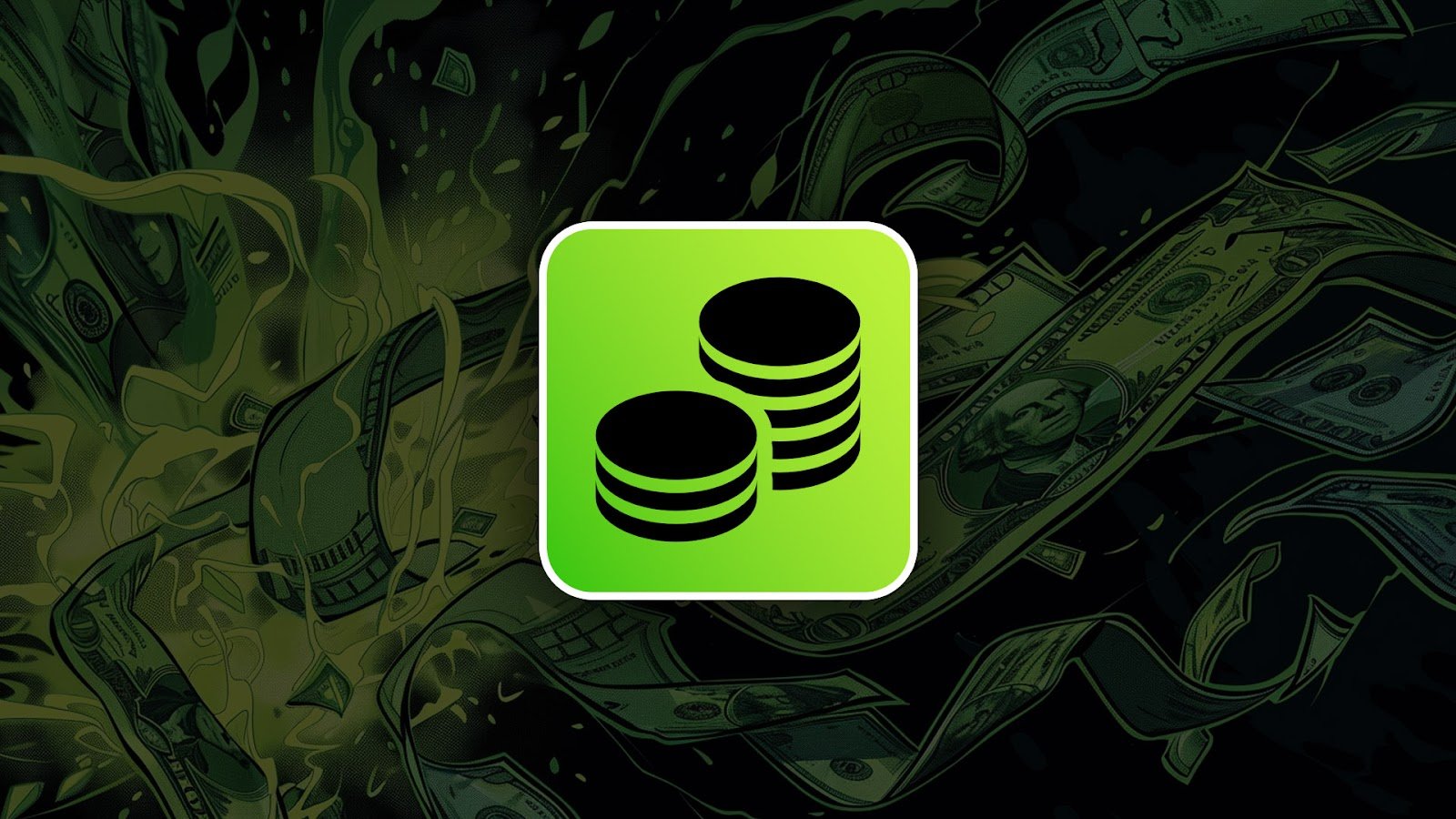
Delta-neutral yield strategies are rewriting the playbook for stablecoin investors who want to earn 8-15% APY without sweating over market swings. If you’re tired of watching your stablecoins gather dust or getting battered by volatility, it’s time to get tactical. The latest crop of protocols – Liminal Money, sHYUSD, PST, and CRT – are leading the charge with actionable ways to lock in real yield while keeping your risk profile lean and mean.
Why Delta-Neutral? Stablecoin Yield Without Market Drama
Let’s face it: DeFi can be a rollercoaster. But delta-neutral strategies flip the script by hedging away market exposure and focusing on arbitrage opportunities, funding rate capture, and protocol incentives. The result? Steady APYs, less sleepless nights. Here’s what makes these approaches click:
- Market-Neutral: Your returns don’t depend on whether crypto prices moon or tank.
- Stablecoin Focus: Principal is held in assets like sHYUSD, PST, or CRT – not speculative tokens.
- Diversification: Spread across multiple protocols to smooth out risk and maximize blended yield.
Liminal Money and sHYUSD: Funding Rate Arbitrage for Real Yield
The first strategy on our list is all about leveraging sHYUSD through Liminal Money. Here’s how it works: deposit your sHYUSD into Liminal Money, which then executes delta-neutral funding rate arbitrage on Hyperliquid perpetuals. This means you’re earning yield (currently a juicy 8-12% APY) directly from positive funding rates paid by leveraged traders – all while maintaining stablecoin exposure and sidestepping directional market risk.
Liminal’s approach has caught fire in the HyperEVM L1 ecosystem thanks to its sustainable design and hands-off automation. If you want a plug-and-play way to put your stablecoins to work with minimal fuss, this is a top contender.
PST Vaults: Automated Delta-Neutral Staking on Perpetual Protocol
If you’re holding PST (Perpetual Stable Token), Perpetual Protocol’s delta-neutral vaults offer another compelling path to high-yield stability. Here’s the playbook: stake PST into their automated vaults that balance long and short positions on perpetual futures markets. The vaults hedge out price movements so you don’t care which way the wind blows – instead, you collect funding rate differentials plus protocol incentives for a net APY between 10-15%, all paid back in stablecoins.
This is ideal for DeFi users seeking set-and-forget options that remove execution headaches while maximizing passive income potential. Just remember that yields can fluctuate based on funding rates and protocol activity – but risk-adjusted returns remain strong compared to traditional staking or vanilla lending platforms.
CRT at $111.50: Yield Stacking Through Cross-Protocol Lending
The third strategy taps into CRT (Cratos Stablecoin), which is currently trading at $111.50, up slightly from its previous close ( and 0.00099%). CRT holders can supply their tokens to blue-chip DeFi lending markets like Aave or Morpho Blue, then borrow against their position to loop deposits or participate in liquidity pools elsewhere. This recursive lending technique lets you stack CRT yield across multiple layers while keeping your overall position delta-neutral by maintaining safe collateralization ratios.
Carrot (CRT) Price Prediction 2026-2031
Professional Outlook Based on Delta-Neutral Yield Trends, Market Context, and Technical Analysis
| Year | Minimum Price | Average Price | Maximum Price | Year-over-Year Change (%) | Market Scenario Insights |
|---|---|---|---|---|---|
| 2026 | $98.00 | $120.00 | $150.00 | +7.6% | Potential for consolidation as delta-neutral strategies mature; moderate volatility expected. |
| 2027 | $110.00 | $135.00 | $175.00 | +12.5% | Adoption of real yield protocols may drive demand; regulatory clarity could boost upside. |
| 2028 | $105.00 | $145.00 | $200.00 | +7.4% | New competitors and tech upgrades could pressure CRT, but integration with DeFi likely supports growth. |
| 2029 | $120.00 | $160.00 | $230.00 | +10.3% | Continued DeFi expansion; macroeconomic factors and stablecoin regulation to influence price. |
| 2030 | $130.00 | $180.00 | $265.00 | +12.5% | Mainstream adoption of delta-neutral strategies; possible new product launches on Hyperliquid. |
| 2031 | $125.00 | $195.00 | $300.00 | +8.3% | Market maturity, further protocol upgrades, and increased institutional participation. |
Price Prediction Summary
CRT is projected to experience gradual appreciation over the next 6 years, supported by the growing relevance of delta-neutral yield strategies and broader DeFi adoption. While minimum price scenarios reflect potential periods of consolidation or regulatory headwinds, the average and maximum projections highlight the upside from new integrations, rising institutional interest, and the evolution of yield-generating protocols. Investors should expect both bullish and bearish cycles, with CRT’s price path shaped by technology, competition, and macro trends.
Key Factors Affecting CRT Price
- Growth and adoption of delta-neutral yield protocols like Liminal and CRT’s integration within these systems.
- Regulatory developments impacting DeFi and stablecoins, particularly in major markets.
- Technological upgrades to CRT’s underlying protocol and its competitiveness versus other yield coins.
- Overall crypto market cycles, including periods of risk-on and risk-off sentiment.
- Potential new use cases and partnerships expanding CRT’s utility and exposure.
- Macro factors influencing stablecoin yields (e.g., interest rates, funding rate trends, and liquidity).
Disclaimer: Cryptocurrency price predictions are speculative and based on current market analysis.
Actual prices may vary significantly due to market volatility, regulatory changes, and other factors.
Always do your own research before making investment decisions.
This approach requires a bit more hands-on management than automated vaults but rewards savvy users with higher compounded returns if executed carefully. Always monitor liquidation thresholds and market conditions!
Ready to take your stablecoin game to the next level? Let’s round out our delta-neutral toolkit with a focus on diversification and risk management that separates pros from the pack.
Multi-Token Baskets: Diversifying Delta-Neutral Yields for Smoother Returns
Why put all your eggs in one basket when you can build a robust, diversified yield engine? Allocating capital across sHYUSD, PST, and CRT – each deployed in their respective delta-neutral protocols – helps reduce protocol-specific risk and smooths out yield fluctuations. This strategy is about stacking the odds in your favor.
Top 4 Delta-Neutral Stablecoin Yield Strategies
-

Earn Delta-Neutral Yield with Liminal Money Using sHYUSD: Deposit sHYUSD into Liminal Money, which deploys delta-neutral funding rate arbitrage strategies on Hyperliquid perpetuals. This approach lets you earn a real yield (currently 8-12% APY) from positive funding rates, all while maintaining stablecoin exposure and minimizing market risk.
-

Stake PST in Perpetual Protocol’s Delta-Neutral Vaults: Provide PST (Perpetual Stable Token) to Perpetual Protocol’s automated delta-neutral vaults. These vaults hedge directional risk by balancing long and short positions, capturing funding rate differentials and protocol incentives for a net 10-15% APY, paid in stablecoins.
-

CRT Yield Stacking via Cross-Protocol Lending and Borrowing: Supply CRT (Cratos Stablecoin)—currently trading at $111.50—to leading DeFi lending markets like Aave or Morpho Blue. Borrow against CRT to loop deposits or participate in liquidity pools, maximizing CRT yield through recursive lending while maintaining delta-neutrality by keeping collateralization ratios safe.
-

Multi-Token Stablecoin Basket for Risk Diversification: Allocate capital across sHYUSD, PST, and CRT in a diversified basket, deploying each into their respective delta-neutral protocols. This approach reduces protocol-specific risk and smooths out yield fluctuations, targeting a blended 8-13% APY with minimal market exposure.
Here’s how it works: split your portfolio into thirds (or according to your risk appetite), deploy each asset into its optimal delta-neutral platform, and let compounding do its magic. With this approach, you’re targeting a blended APY of 8-13% with minimal market exposure. If one protocol’s yield dips or encounters issues, others can pick up the slack – keeping your overall returns steady and reliable.
Key Risks and Best Practices for Delta-Neutral Yield Stacking
No strategy is bulletproof. While delta-neutral approaches are designed to minimize market risk, there are still factors you need to keep on your radar:
- Funding Rate Volatility: Yields can change rapidly if funding rates swing negative or dry up.
- Platform-Specific Risks: Smart contract bugs, governance exploits, or liquidity crunches can impact returns or capital safety.
- Execution Complexity: Recursive lending (as with CRT) demands close monitoring of collateralization ratios to avoid liquidation events.
- Diversification Discipline: Rebalance periodically to maintain desired allocations as yields shift across protocols.

The bottom line? Delta-neutral stablecoin strategies like those using sHYUSD via Liminal Money, PST in Perpetual Protocol vaults, CRT cross-protocol lending, and a multi-token basket approach are changing the game for DeFi investors seeking steady APY without wild price swings. With current yields ranging from 8-15% APY, these methods offer a compelling alternative to traditional staking and vanilla lending – provided you respect the risks and stay proactive about monitoring positions.
If you want sustainable returns while sleeping easy at night, now’s the time to get tactical. Diversify smartly, automate where possible, and let delta-neutral DeFi work for you!






